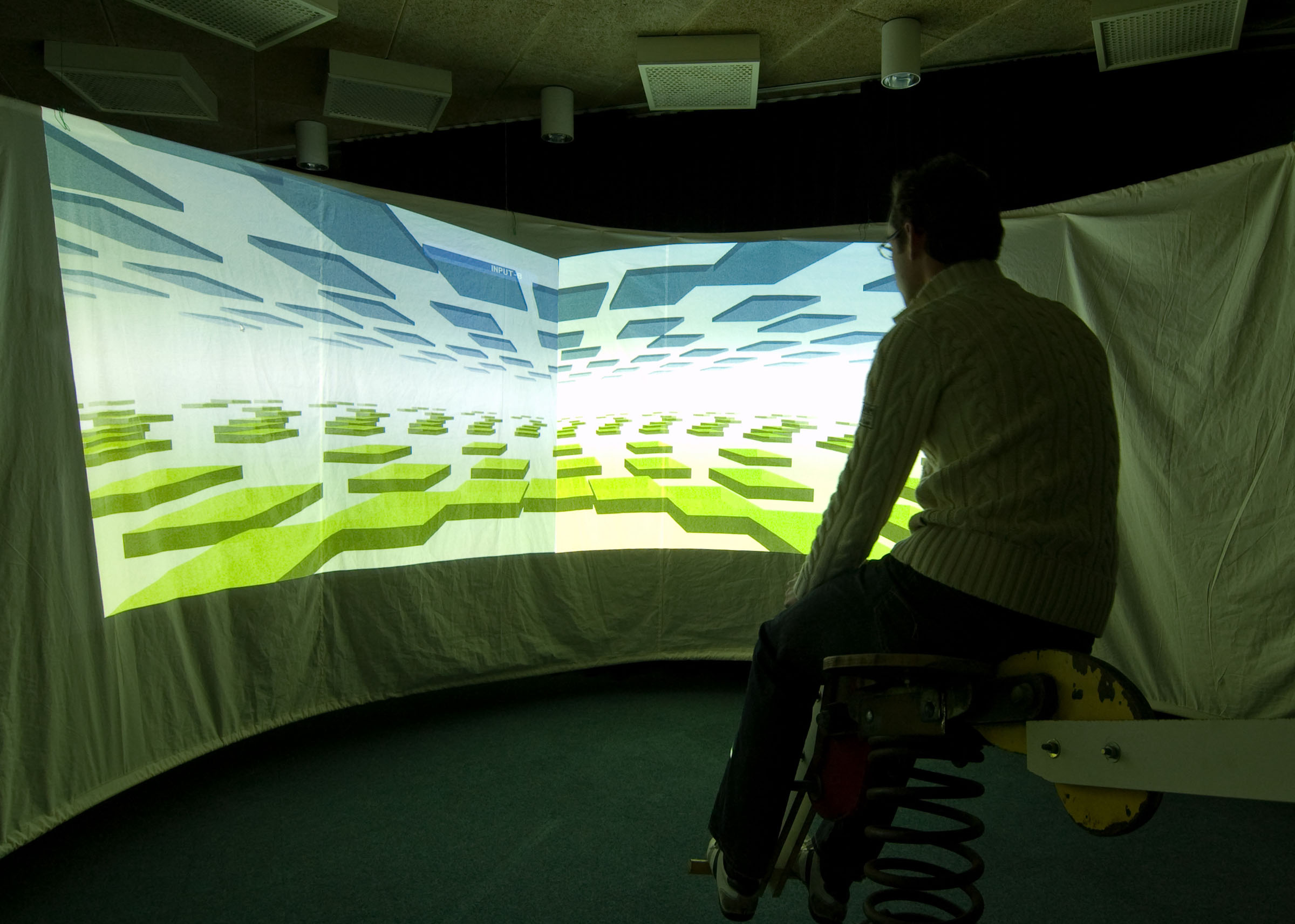Stabilight
When
2011Client
Student projectContext
Onboard cruise ships, people can feel motion but they may not see it, which can lead to motion sickness. Using light projections can counter such sensory incongruence and thus reduce sickness. While lab-proven from a human perception viewpoint, in this student research project, we looked at it from a wellbeing perspective.
Focus groups and ferry visits
We were interested in understanding human attitudes towards motion sickness. We first conducted focus groups to gather qualitative insight on personal experiences and implications of motion sickness. I organised and ran these as the facilitator. In addition, we conducted interviews onboard two large ferries (operated by DFDS and Stenaline) to integrate experiences and perspectives from the staff. These interviews were analysed using affinity diagrams (so, lots of post-its on a wall).
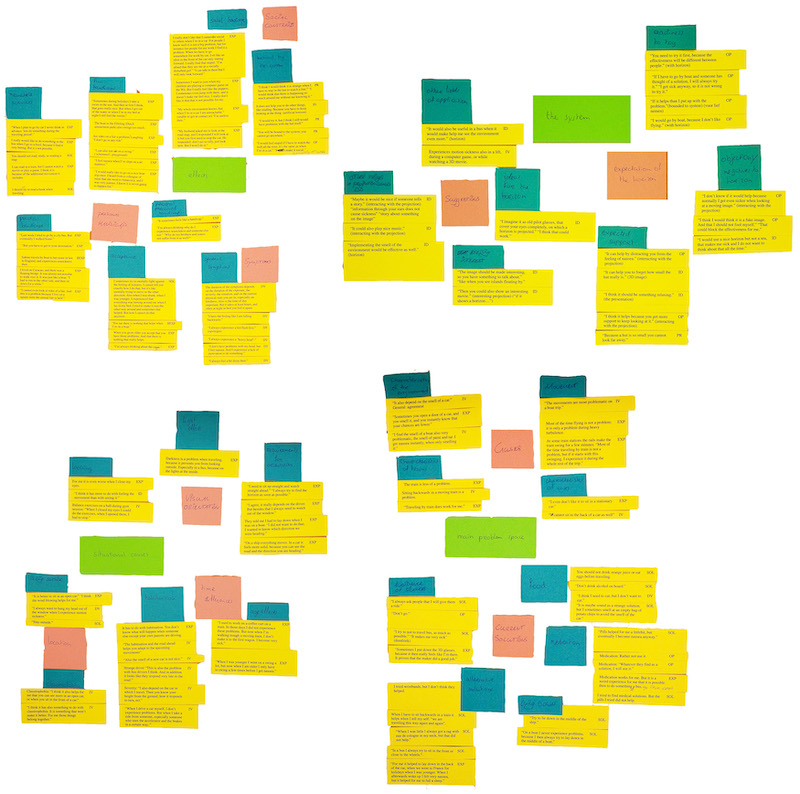
Seesaw simulator experiment
The interviews were followed by a lab experiment with light projections to get experiential data. We built a simulator to test our projection-based idea and gather experiential feedback from people. As shown in the top image, a seesaw was used to simulate movement while projections were shown on a curved screen surrounding the seesaw. The curved screen was necessary to eliminate corners that could provide spatial reference in an otherwise dark room (we wanted only our visuals to provide such reference so we could clearly compare their effectiveness in reducing motion-induced discomfort).
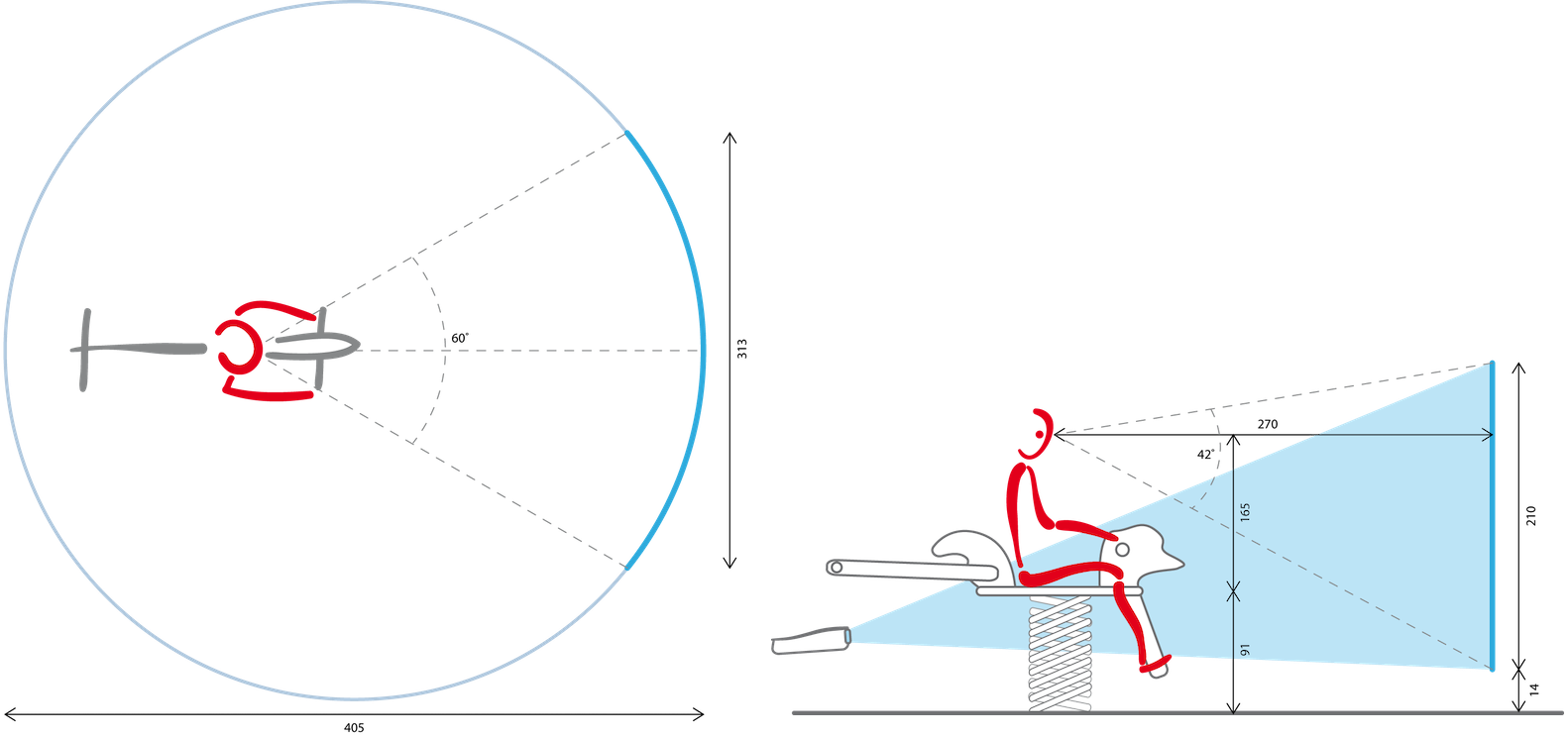
Projected visuals
I created both abstract and realistic visuals, some of which are shown below.
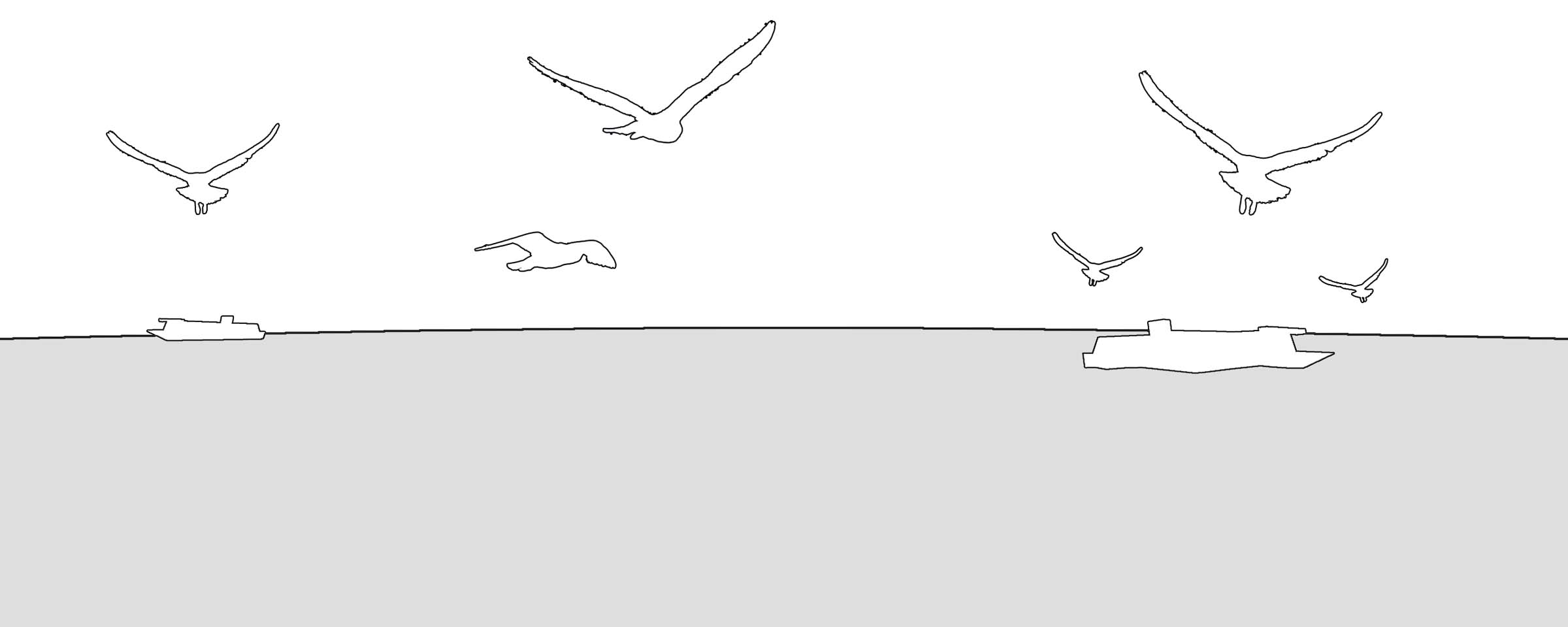
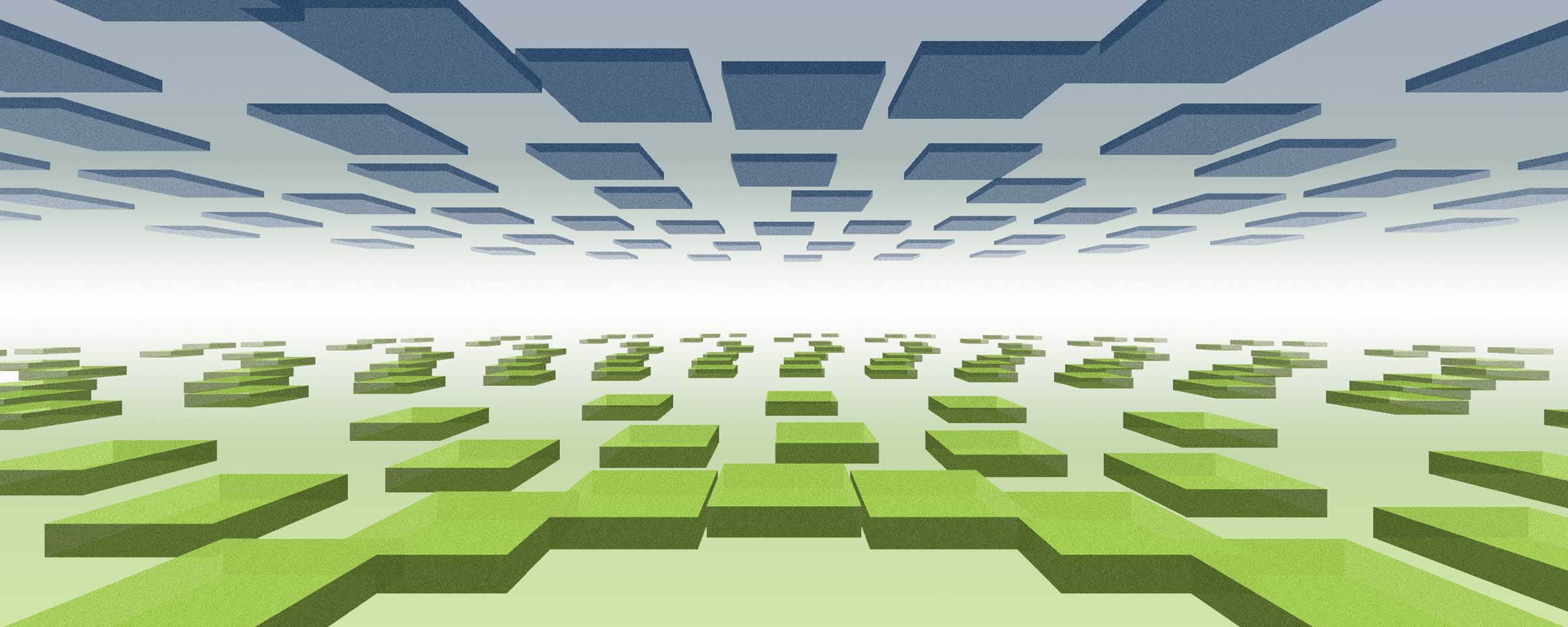

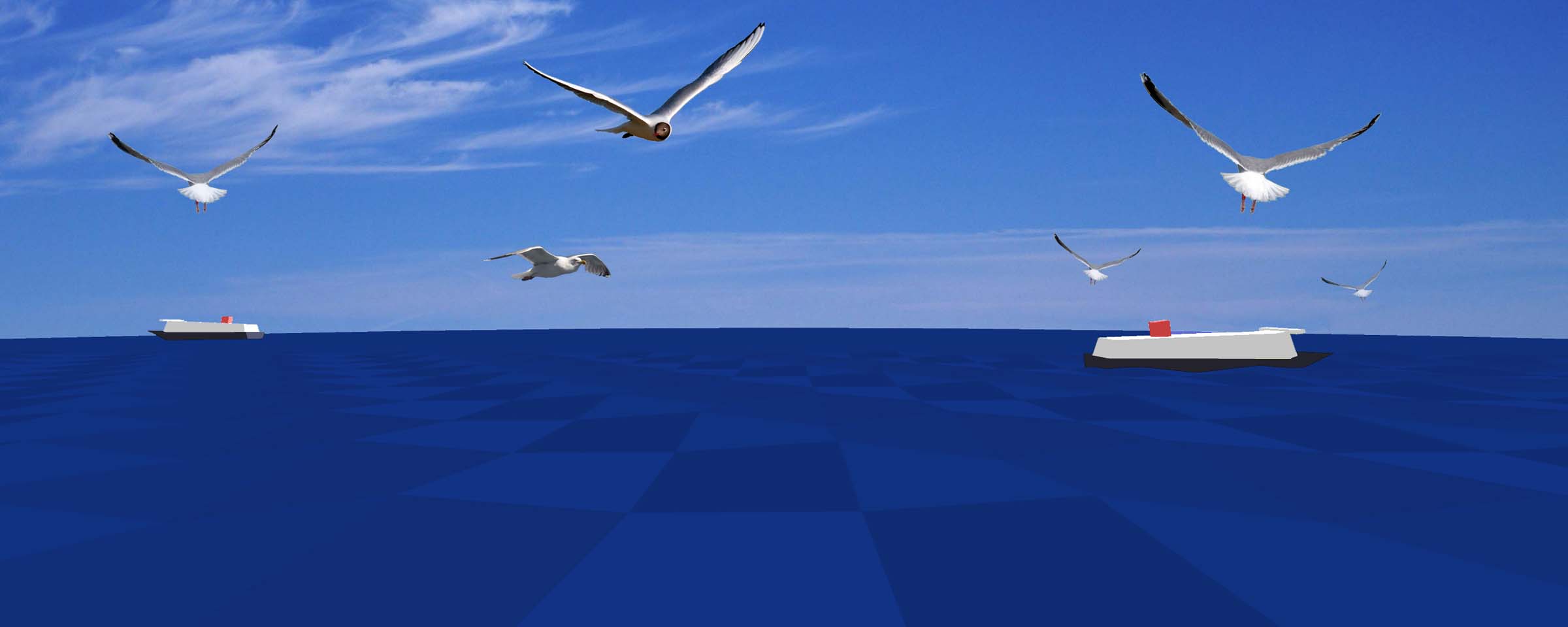
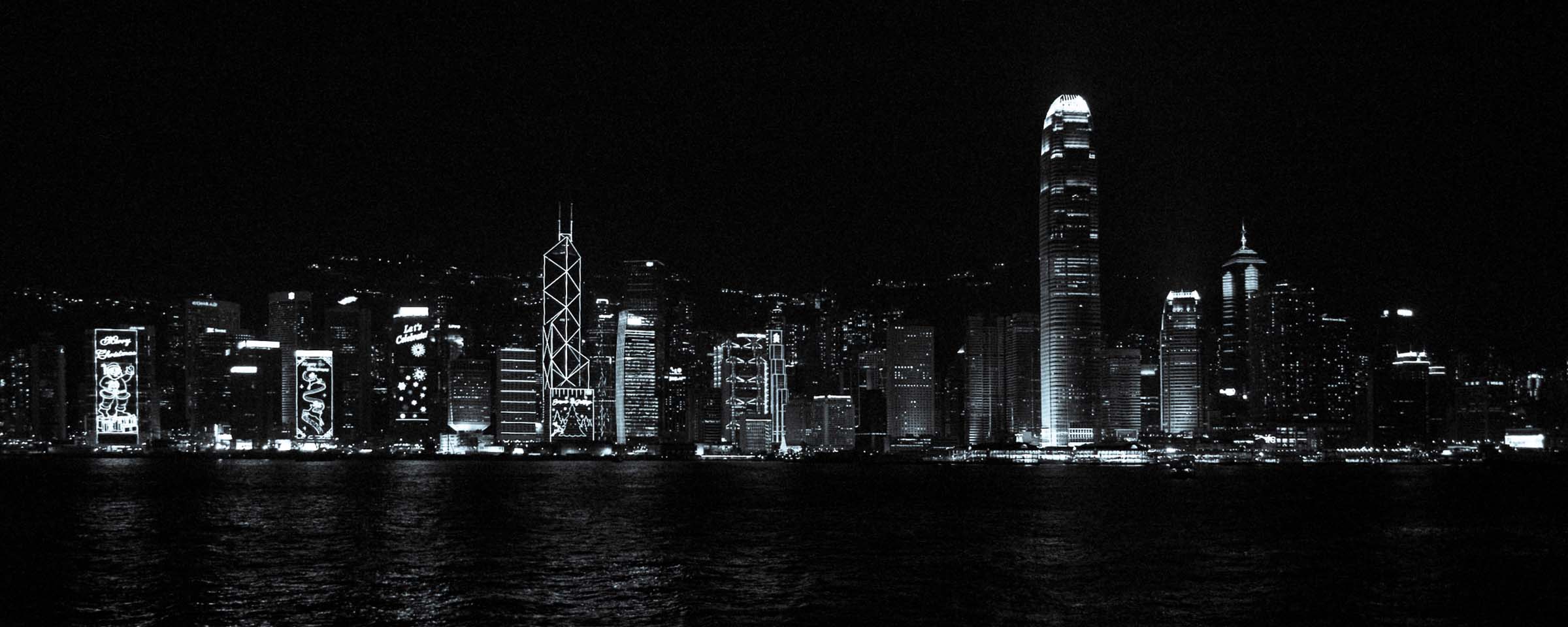

Findings
Our findings suggested personal experiences are more diverse than is commonly assumed. Viewing a projected sea vista, just like looking outside through a window, may have negative effects due to the apparent realisation that one is at sea and thus susceptible to seasickness. This finding is contradictory to prior studies and was therefore surprising. It illustrates the value of experiential measures for a (partially) subjective experience such as motion sickness. In our final report, we presented our findings in relation to preliminary requirements and caveats for this kind of technique.
This MSc Human-Technology Interaction student project was supervised by Prof Yvonne de Kort and Prof Wijnand IJsselstein at Eindhoven University of Technology.
